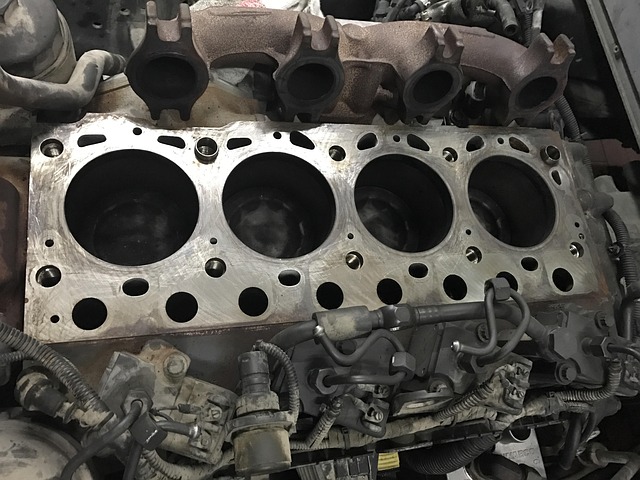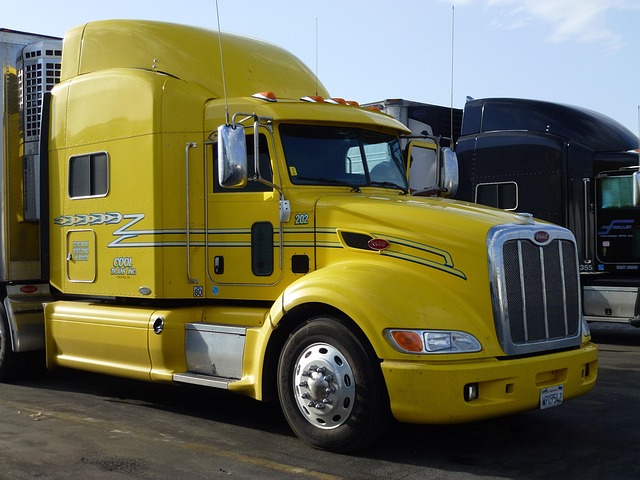Register Car California: VIN Verifier Steps Explained
Looking to register your car in California? This guide covers everything you need to know, from understanding key requirements to submitting your application. First, grasp the essential car registrati…….

Looking to register your car in California? This guide covers everything you need to know, from understanding key requirements to submitting your application. First, grasp the essential car registration rules specific to California, including necessary documents and fee structures. Next, gather these documents and select a preferred payment method. Then, visit a DMV office, verify your Vehicle Identification Number (VIN), and complete the final registration steps. Ensure a smooth process with our step-by-step approach, featuring tips on using a VIN verifier.
- Understand California Car Registration Requirements
- Gather Necessary Documents for Registration
- Choose an Appropriate Vehicle Registration Fee Payment Method
- Submit Application and Documents to DMV Office
- Verify Your VIN and Complete Final Registration Steps
Understand California Car Registration Requirements

Before registering your car in California, it’s crucial to understand the state’s specific requirements for vehicle registration. One key aspect involves utilizing a VIN verifier to ensure the vehicle’s identification number (VIN) is legitimate and matches the make, model, and year of the car. This process, often referred to as VIN inspection, plays a vital role in preventing fraud and ensuring road safety.
California requires you to complete a mobile VIN verification or mobile vin inspection using an approved tool like a digital VIN verifier. This step is typically part of the registration process, where you’ll need to prove that your vehicle meets all legal standards before securing the necessary documents and licenses to operate it on California roads.
Gather Necessary Documents for Registration

Before you begin the registration process, ensure you have all the essential documents required by the California Department of Motor Vehicles (DMV). The key to a smooth registration is being prepared, so gather these crucial forms and materials: your vehicle’s Certificate of Title, often referred to as the ‘title’; a valid driver’s license or identification card; proof of insurance; and, most importantly, a Vehicle Identification Number (VIN) verifier. Using a reliable mobile VIN verifier can streamline this step by quickly and accurately confirming your vehicle’s details.
Additionally, have a current registration from another state, if applicable, as well as any necessary bills of sale or documentation related to previous ownership changes. Remember, the DMV will need these documents to verify your identity, ensure proper ownership transfer, and complete the registration process successfully.
Choose an Appropriate Vehicle Registration Fee Payment Method

When it comes to paying your vehicle registration fee in California, there are several options available. One convenient method is through a mobile VIN verifier, which allows you to complete the process from the comfort of your own home. This digital solution offers a quick and efficient way to verify your vehicle’s identity using its unique Vehicle Identification Number (VIN).
Opting for a mobile VIN verification service streamlines the registration experience. You can simply enter your VIN details into an app or online platform, which then connects you with a remote inspector who will perform a thorough check. This modern approach eliminates the need for lengthy visits to government offices and ensures a seamless, paperless transaction.
Submit Application and Documents to DMV Office

Once you have gathered all the necessary documents, it’s time to submit your application for vehicle registration at a nearby DMV office. Before heading in, make sure that all materials are complete and accurate, including the official vehicle registration form, proof of insurance, and identification documents. You’ll also need to provide a valid driver’s license or state ID card, along with any applicable fees.
When you arrive at the DMV, locate the dedicated counter for vehicle registration and present your paperwork. A representative will review your application and documents, including the VIN (Vehicle Identification Number) verifier or mobile vin verification, ensuring everything is in order. This step involves a simple inspection to verify the details on your forms match those of your vehicle and identity.
Verify Your VIN and Complete Final Registration Steps

After entering your vehicle’s information, it’s crucial to verify your VIN (Vehicle Identification Number) using reliable methods. A VIN inspection ensures the accuracy of the data entered and is a critical step in the registration process. You can perform a mobile VIN verification or visit an official DMV location for a physical inspection. These options provide peace of mind, ensuring your vehicle’s history is clean and matches the details you’ve provided.
Once your VIN is confirmed, the final registration steps are straightforward. This involves submitting all necessary paperwork, including proof of insurance and ownership transfer documents. Many residents in California opt for mobile vin inspection services to save time and effort, allowing them to complete their car registration promptly and efficiently from the comfort of their homes.
Registering a car in California involves several key steps, from understanding requirements to verifying your vehicle’s unique identifier (VIN) using official tools. Ensure you have all necessary documents ready and choose a preferred payment method for the registration fee. Submitting your application and documents to a DMV office completes the process, allowing you to legally hit the road. Remember to use a reliable VIN verifier to ensure accuracy and streamline your California car registration experience.







